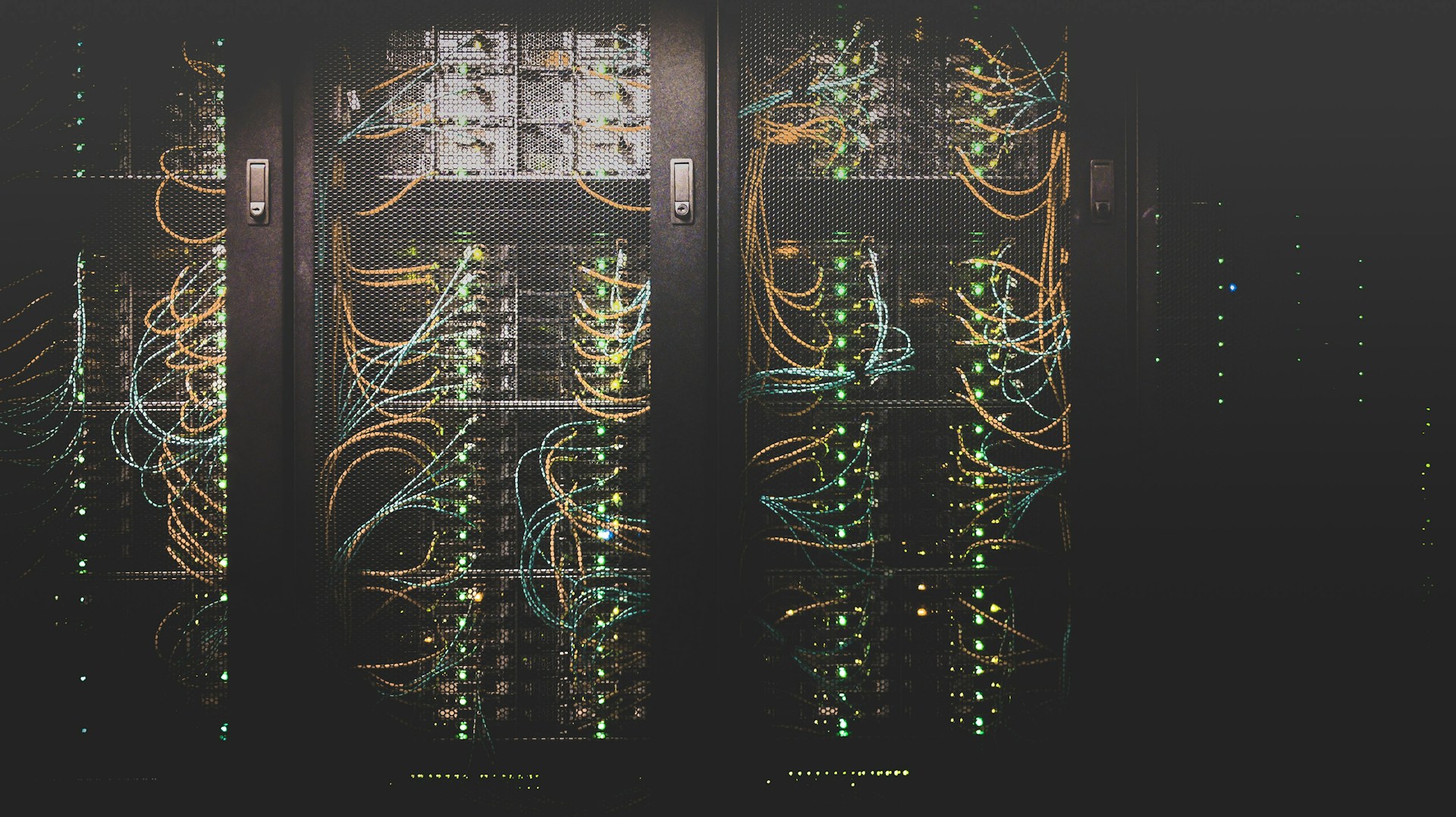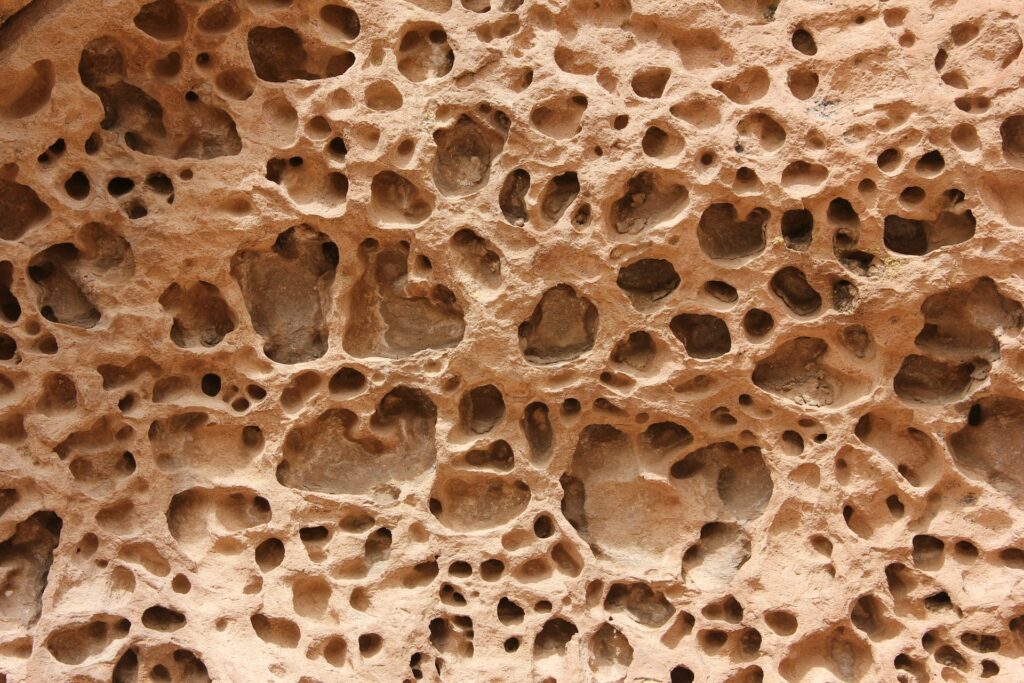As data centres consume more and more power coupled with the ever increasing rise in demand and usage of data centres, researchers are exploring ferroelectric materials for next-generation, low-energy electronics. In these materials, domain walls; the narrow boundaries separating regions of differing electric polarisation, can exhibit electrical and magnetic behaviours not found in the surrounding bulk. Harnessing these properties could enable ultra-compact memory and sensor devices, but doing so requires tracking wall motion at nanometer and millisecond scales. To meet this challenge, Oak Ridge National Laboratory scientists have introduced scanning oscillator piezoresponse force microscopy (s-PFM), a modification of standard piezoresponse force microscopy that applies a high-frequency oscillating bias through an AFM tip while recording both the in-phase and quadrature response. The research, published in Small Methods, can be found here:
Raghuraman, S., Vasudevan, R. K., Yang, J., Kelley, K. P., Domingo, N., & Jesse, S. (2025). Imaging Bias‐Driven Domain Wall Motion With Scanning Oscillator Piezoresponse Force Microscopy. Small Methods. https://doi.org/10.1002/smtd.202401565
By synchronising measurement electronics with the bias waveform, s-PFM produces a time-resolved “movie” of domain wall positions over each voltage cycle. This view reveals subtle vibrational modes as well as abrupt, stick-slip jumps; information that static imaging methods miss. Neus Domingo, Senior R&D Staff Scientist, Group Leader for the Functional Atomic Force Microscopy Group (F-AFM), CNMS at ORNL stated:
“Domain walls can have completely different properties from the neighboring domains they separate, Some might conduct electricity—despite the bulk material being nonconductive—while others show magnetic behavior despite the surrounding material being nonmagnetic. These differences matter because they may enable us to use them as new nanoelectronic components to store and process signals at the tiniest scales, which is key for developing next-generation low-power devices such as memory chips and sensors.”
Using s-PFM at ORNL’s Center for Nanophase Materials Sciences, the team observed that domain wall motion under varying bias follows a thermally activated flow regime on the millisecond timescale. In practical terms, this means the energy barrier for wall displacement can be quantified by fitting the velocity versus applied field to an Arrhenius-type relationship. This is critical for predicting switching speeds and power consumption in ferroelectric devices. Stephen Jesse, Section Head of Nanomaterials Characterisation at the CNMS stated:
“The method fills in crucial gaps by creating dynamic visualizations that allow scientists to observe how domain walls move and better estimate how much energy is required to shift them. It turns a static snapshot into a vivid, explanatory sequence, Using precisely timed measurement and control electronics, we can rapidly and systematically change the state of a ferroelectric material and watch how changes evolve over time. Until now, this level of detail has not been achieved using atomic force microscopy, and the method can be adapted for use in electron microscopes and other advanced instruments.”
Beyond tracking continuous shifts, s-PFM also captures sudden jumps when domain walls depin from defects; events analogous to a door sticking briefly before swinging open. Mapping these stick-slip behaviours across different materials and field conditions will inform strategies to engineer walls with desired mobility, potentially leading to ferroelectric transistors and memory cells with predictable, energy-efficient switching.
Having demonstrated s-PFM on prototypical perovskite ferroelectrics, the researchers plan to extend the technique to other compounds and heterostructures. They are also adapting the approach for use in transmission electron microscopes and other high-resolution platforms.
The new s-PFM approach was led by Shivaranjan Raghuraman, with key contributions from Rama K. Vasudevan, Jan-Chi Yang, and Kyle P. Kelley. ORNL researchers Neus Domingo and Stephen Jesse provided instrumental expertise in high-speed AFM measurement and data analysis, enabling the protocol to capture both smooth and stick-slip domain wall motions under oscillating bias fields.

Hassan graduated with a Master’s degree in Chemical Engineering from the University of Chester (UK). He currently works as a design engineering consultant for one of the largest engineering firms in the world along with being an associate member of the Institute of Chemical Engineers (IChemE).



